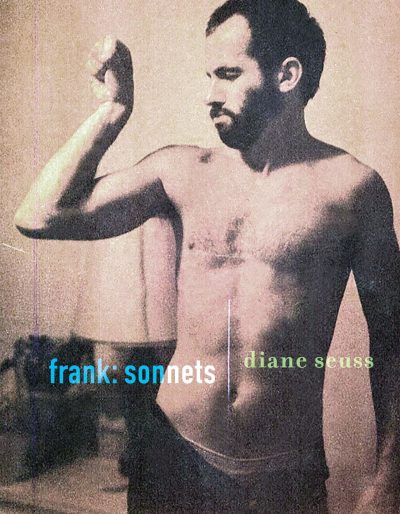Gabi Graceffo
All of Us Come with a Ballad
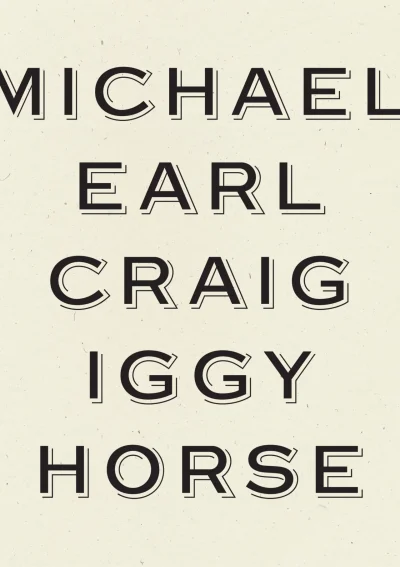
Strange and Funny Doors of Deep Feeling: Michael Earl Craig’s Iggy Horse
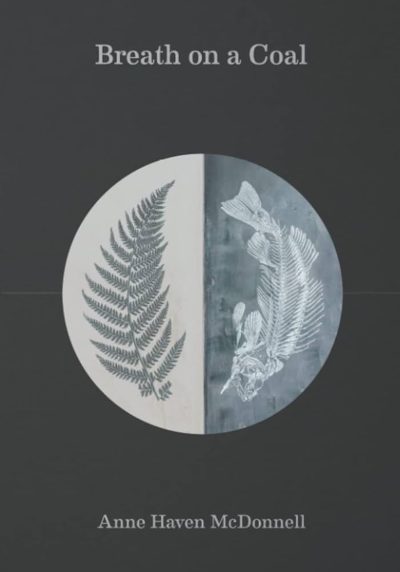
Part Animal Born of Lake: On Anne Haven McDonnell’s Breath on a Coal
The Poet as Shadow-Homer, as Odyssean Penelope
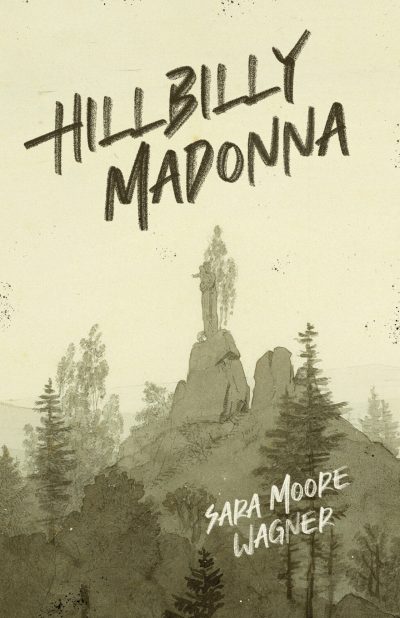
Damaged and Open: On Sara Moore Wagner’s Hillbilly Madonna

Love: A Diptych: An Evolving Inquiry on Jack Gilbert and Linda Gregg
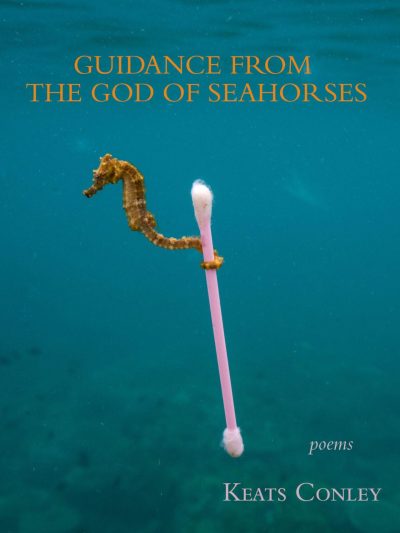
A Braided Stream: On Keats Conley’s Guidance from the God of Seahorses
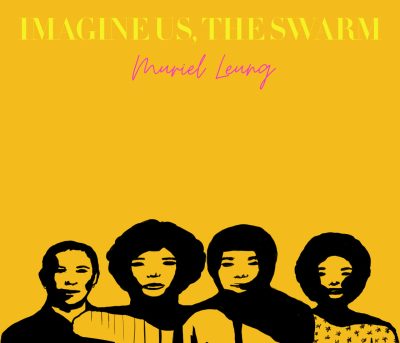
A Book That’s Not about Bees at All
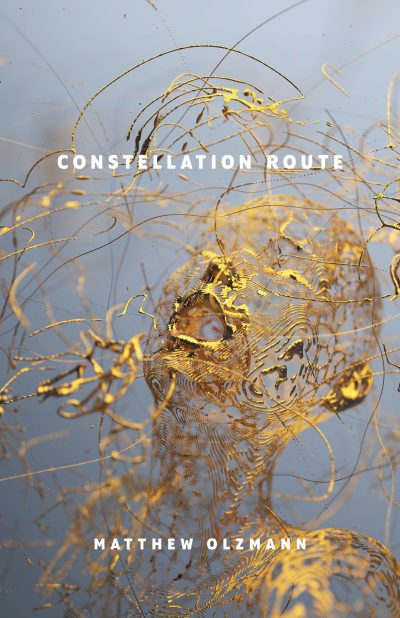
Sand, Pigeon Feathers, Sorrows, and Names
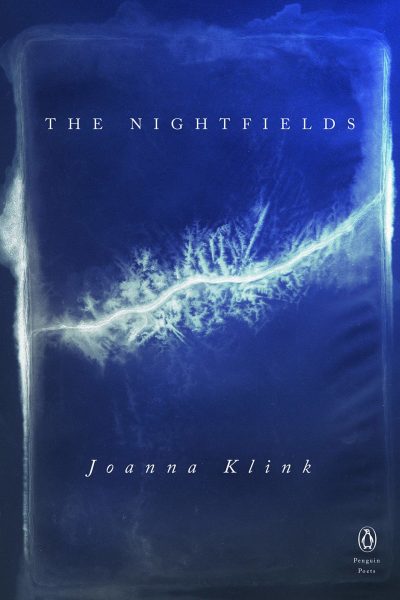
Would it help you. Would you open: On Joanna Klink’s The Nightfields
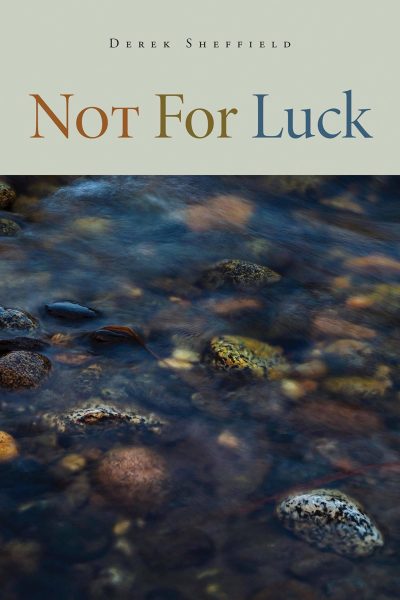
A Hexagon of Green and Violet Stars
